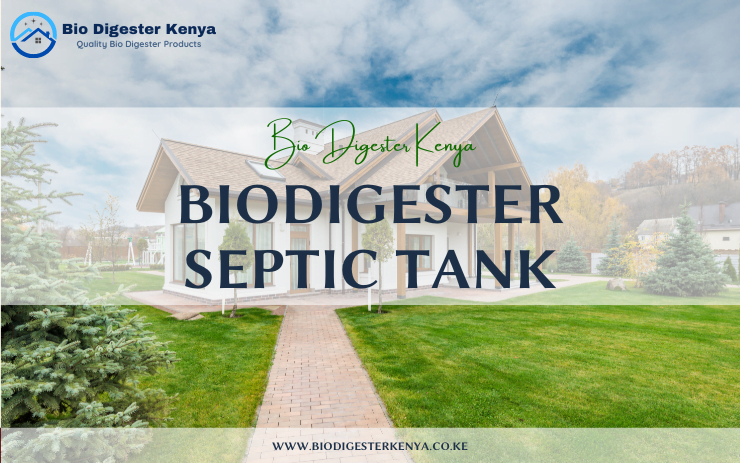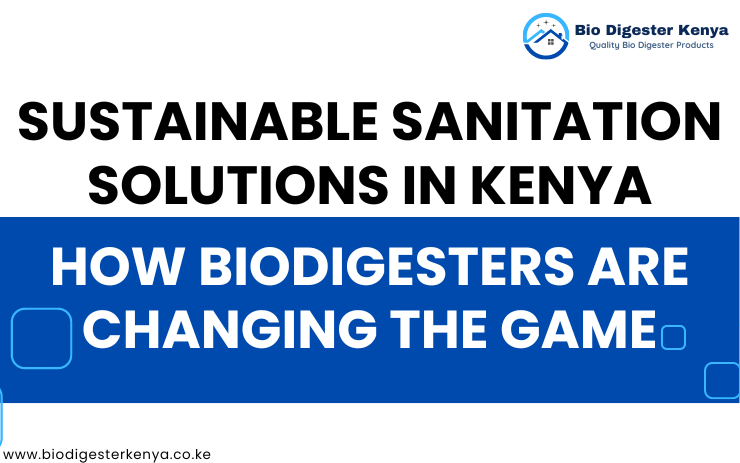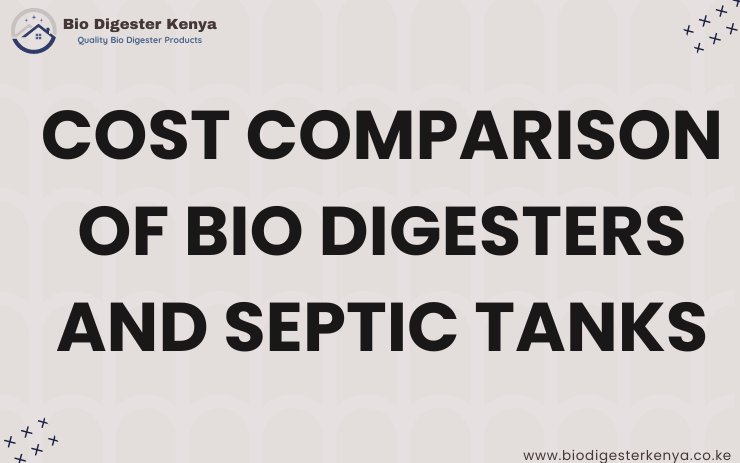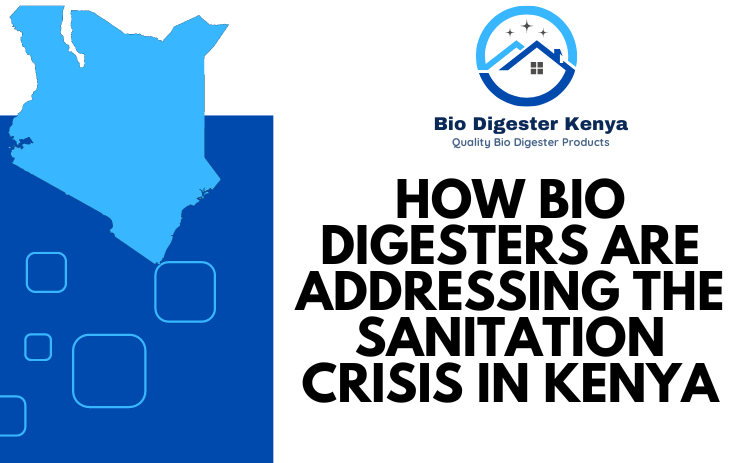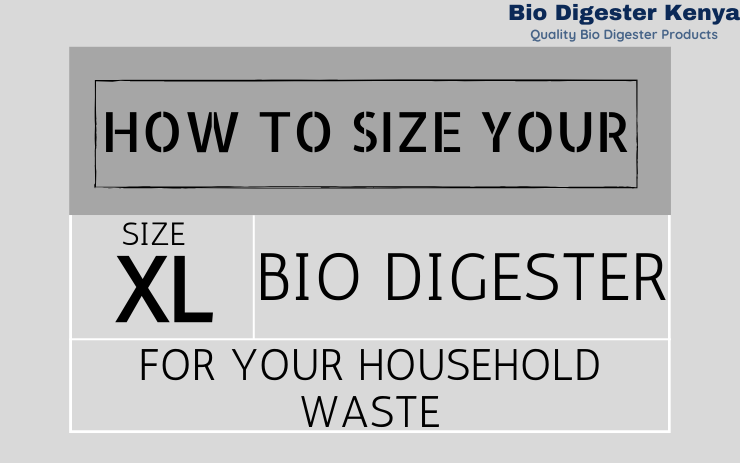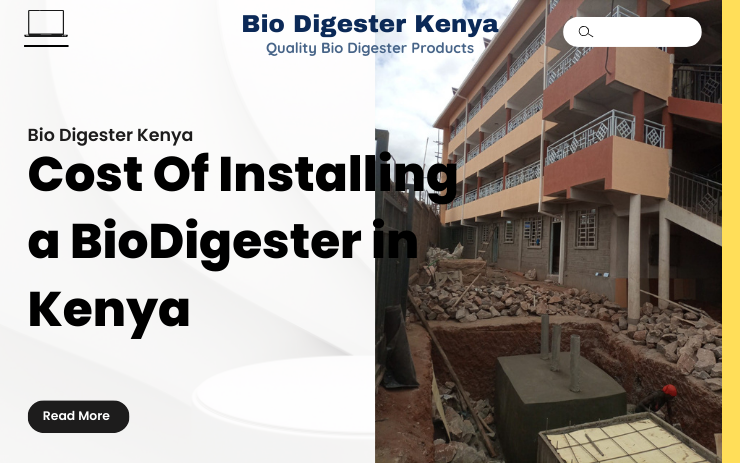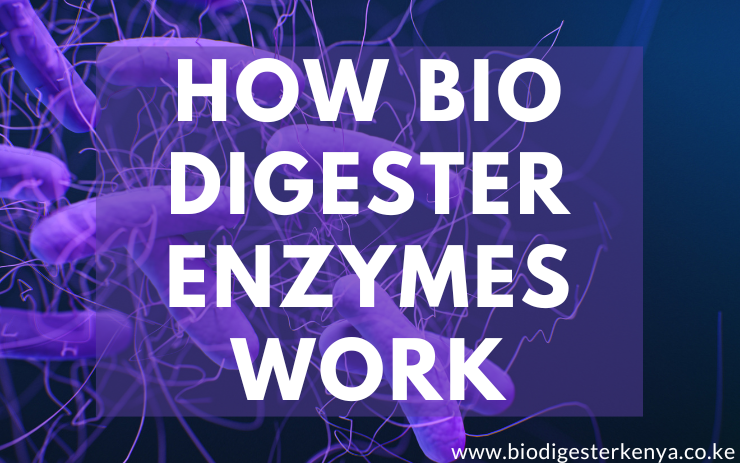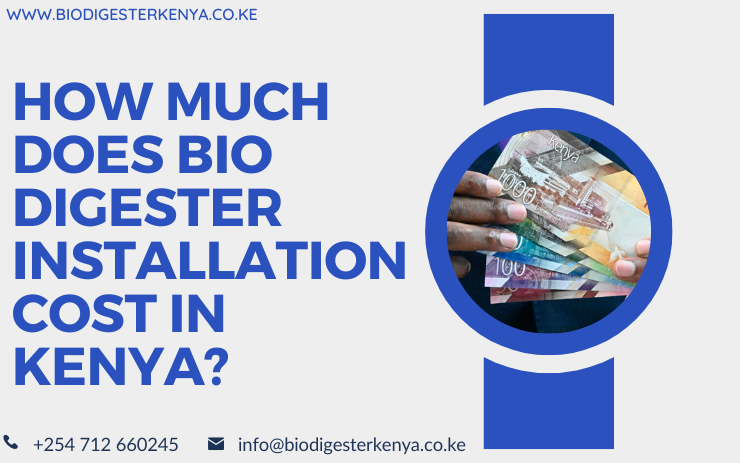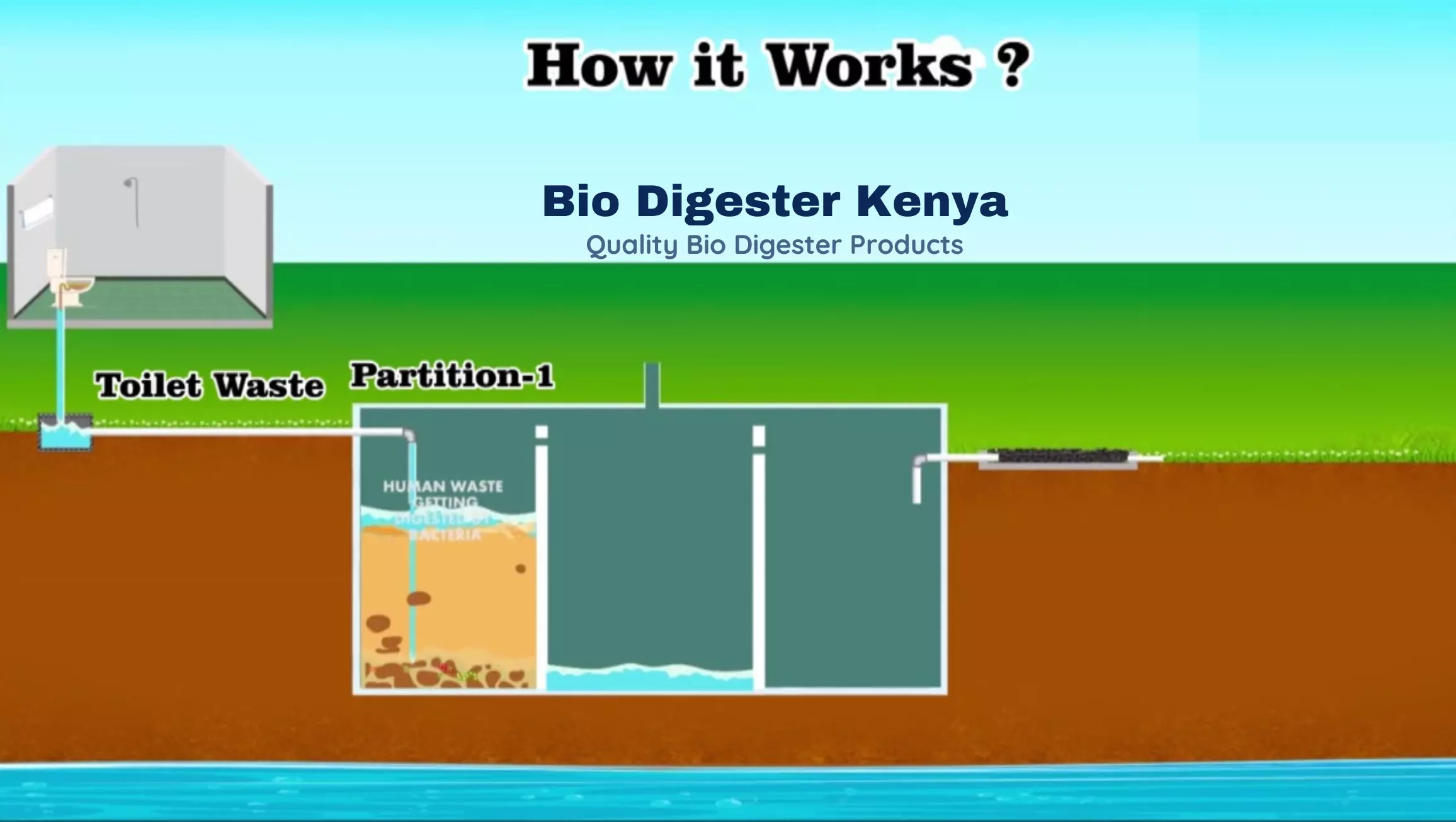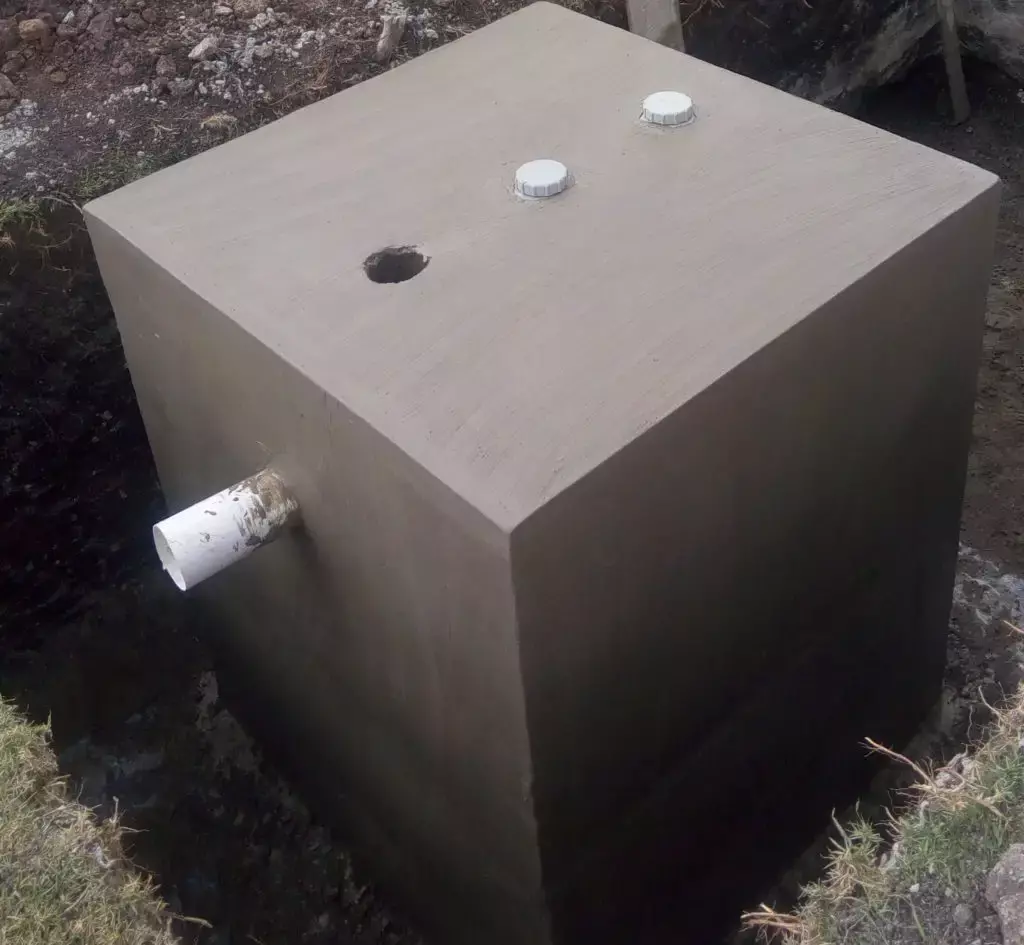As the world population grows, so does the demand for energy, food, and water. The high demand for energy results in the release of harmful gases into the atmosphere. In Kenya, 85% of the population lacks access to safe sanitation, which leads to environmental pollution and health issues. One solution to these problems is the use of a Bio Digester.
What is a Bio Digester?
A bio digester is a device that uses anaerobic digestion to break down organic waste, such as human waste, animal waste, and kitchen waste, into methane gas and organic fertilizers. The device operates without electricity, which makes it suitable for use in areas without a reliable power supply.
The Benefits of Using a Bio Digester in Kenya
- Provides Clean Energy
The methane gas produced by a bio digester can be used as fuel for cooking, lighting, and generating electricity. This reduces the dependence on firewood, charcoal, and kerosene, which are expensive and emit harmful gases into the atmosphere.
- Reduces Environmental Pollution
The use of a bio digester reduces the amount of organic waste that is dumped in landfills, rivers, and oceans, which leads to environmental pollution. It also reduces greenhouse gas emissions, which contribute to climate change.
- Improves Sanitation
The use of a bio digester improves sanitation by providing a safe and hygienic way of disposing of human waste. This reduces the spread of diseases such as cholera, dysentery, and typhoid.
- Increases Agricultural Productivity
The organic fertilizers produced by a bio digester can be used to improve soil fertility, which increases agricultural productivity. This leads to increased food security and income for farmers.
- Saves Money
The use of a bio digester saves money by reducing the cost of cooking fuel, fertilizers, and waste disposal. This makes it an affordable and sustainable solution for households, schools, and hospitals.
How to Install a Bio Digester
The installation of a bio digester requires careful planning and preparation. The following are the steps to install a bio digester:
-
Site Selection: The site should be flat, well-drained, and away from water sources and buildings. The size of the site should be determined by the amount of waste generated.
-
Digging the Pit: The pit should be dug to the required depth and size. The pit should be lined with concrete or plastic to prevent leaks.
-
Installing the Inlet and Outlet Pipes: The inlet pipe should be connected to the toilet or kitchen sink, while the outlet pipe should be connected to the fertilizer storage tank.
-
Filling the Pit: The pit should be filled with water, waste, and starter material such as cow dung.
-
Maintenance: Regular maintenance is required to ensure the bio digester functions properly. This includes adding starter material, removing excess sludge, and checking the inlet and outlet pipes for blockages.
FAQs
Q1. Is a bio digester expensive to install?
A1. The cost of installing a bio digester varies depending on the size, type, and location. However, the long-term benefits outweigh the initial cost.
Q2. Can a bio digester handle all types of waste?
A2. A bio digester can handle most types of organic waste, including human waste, animal waste, and kitchen waste. However, it is not suitable for non-biodegradable waste such as plastic.













